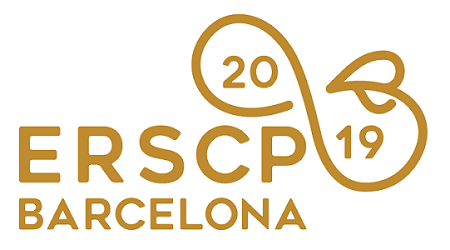Papers Proceedings »
A research framework for a circular economy in the construction and demolition waste sector
Construction and demolition waste is a priority sector for sustainable development programs around the world, as it involves multiple disciplines like the environmental and economic aspects, as well as engineering, technological and policy perspectives (Jin et al., 2019). It constitutes the largest fraction of waste all over the world (Akanbi et al., 2018; Domone and Illston, 2010), accounting 30-40% of the total solid waste (Acchar et al., 2014). However, its recovery rate is significantly low, due to inefficient and inadequate management practices, resulting in multiple environmental impacts such as land degradation, landfill depletion, high carbon and greenhouse gas emissions, water pollution and high energy and resources consumption (Akanbi et al., 2018; Gorgolewski M., 2008; Wang et al., 2018). These impacts are mainly produced during the manufacturing of new construction materials, due to the low ratios of recovered-based materials used in the production processes. In this context, this study has the main objective of providing a referential framework based on the integration of the circular economy concept in the construction and demolition waste sector, as a strategy steered to optimize the use of resources in the whole life cycle of construction materials. And which can be potentially constituted as an approach for waste minimisation and reduction of related environmental impacts, as well as for potential economic benefits and business opportunities. A comprehensive literature review was carried out to identify the influential elements and processes involved in the adoption of the circular economy model in the particular case of the construction and demolition sector, with a special focus on the waste management aspect and the use of recovered materials in the supply and production of new construction materials. As a result, it is proposed a theoretical model approach based on the analysis of applicative circular economy practices in the referred sector, throughout the stages of pre-construction; construction and building renovation; end-of-life; and material recovery and re-circulation. From this model, pre-construction practices, particularly design strategies are identified as key aspects to prevent waste generation before, during and after construction activities. Moreover, the distribution stage has a direct influence in the environmental and economic performance of recovered materials. This model would provide a referential framework for researchers in further studies and applications, as well as guidance for practitioners involved in the construction value chain. It also can help to government authorities and decision makers in the adoption and development of more effective policies, waste management practices and material production processes. In addition, further assessment of the proposed model in terms of economic and environmental criteria can provide a solid and quantitative estimation of the potential benefits and opportunities from the implementation of the circular economy in the sector.
